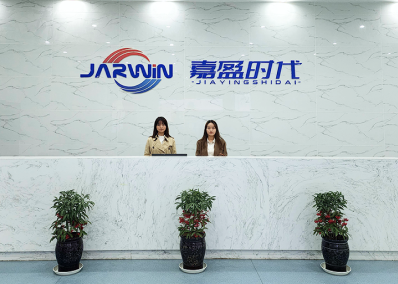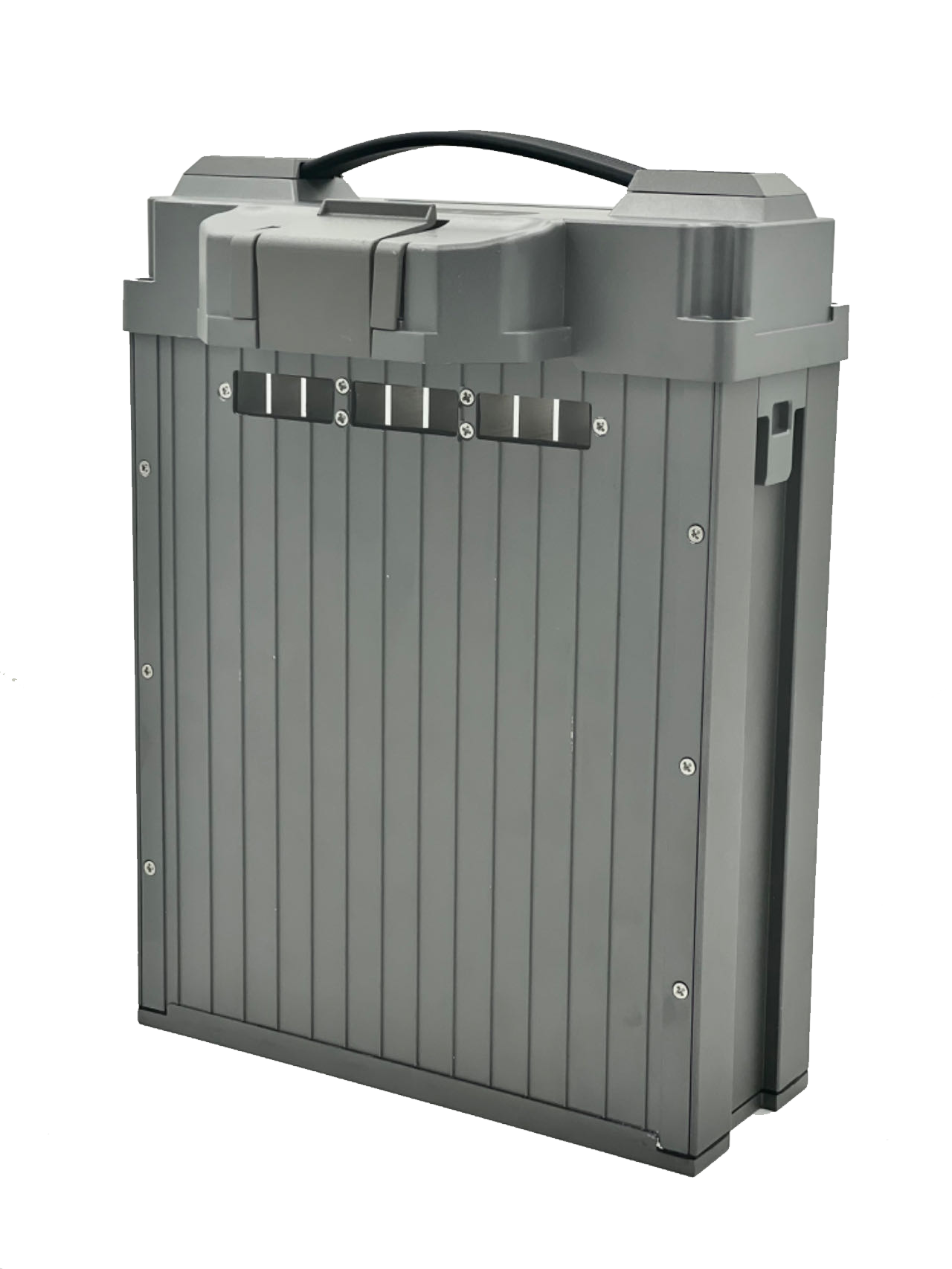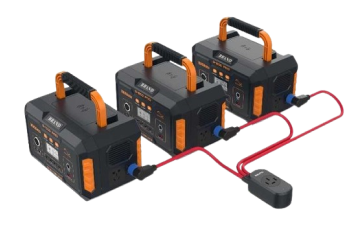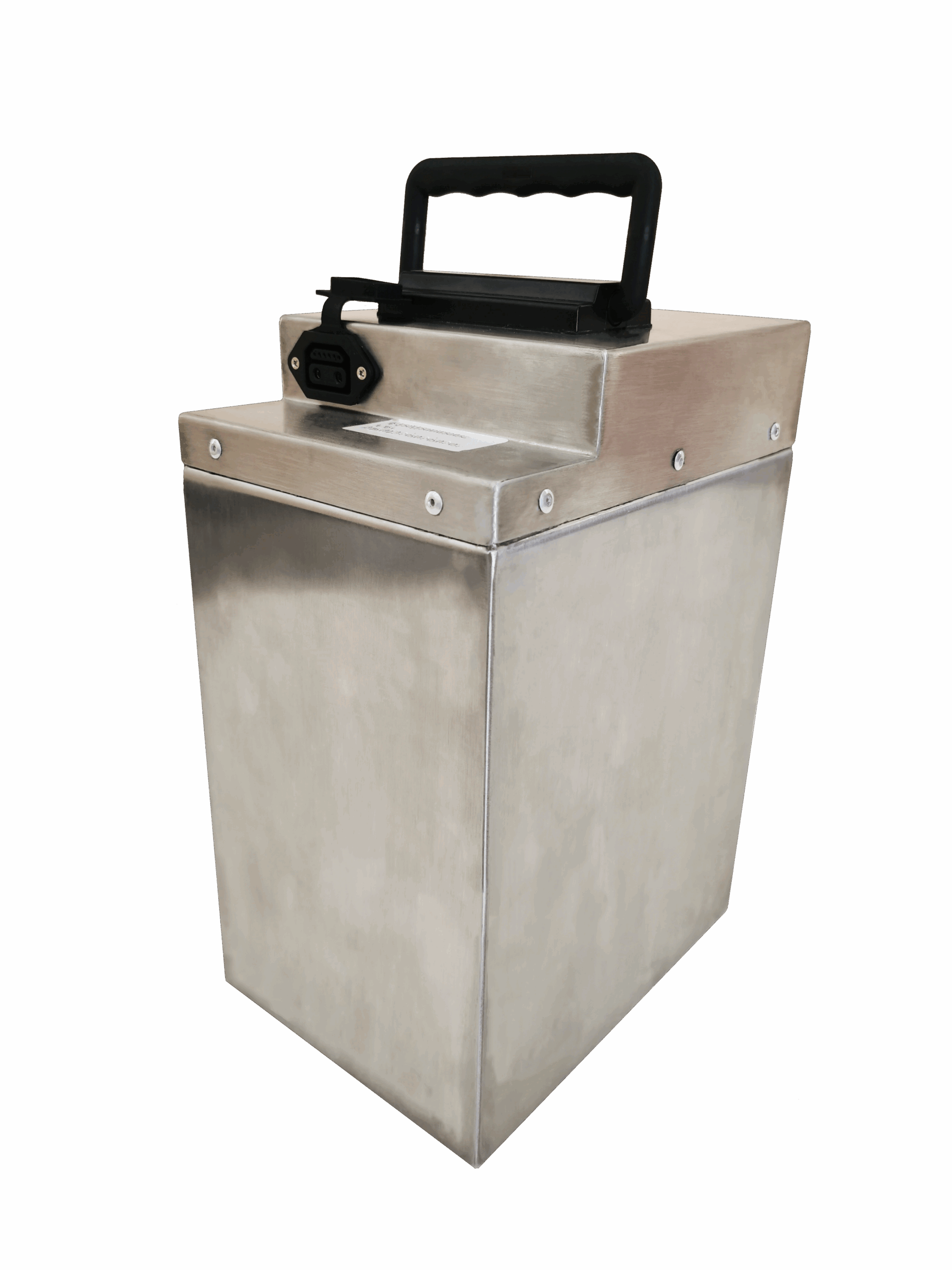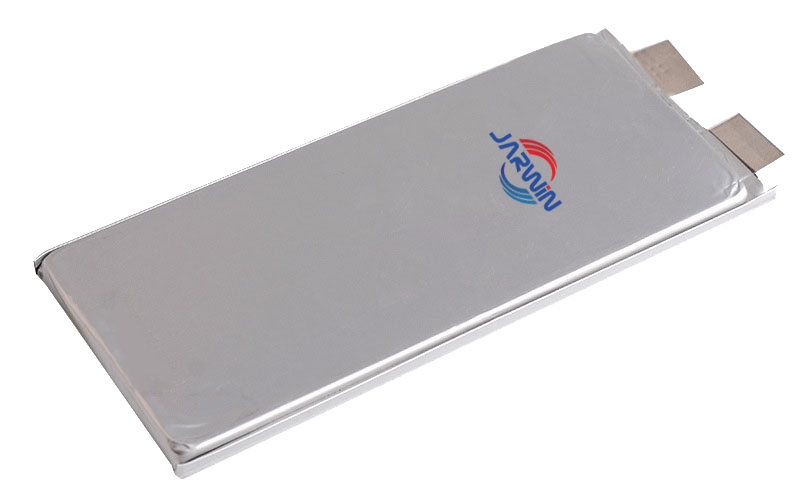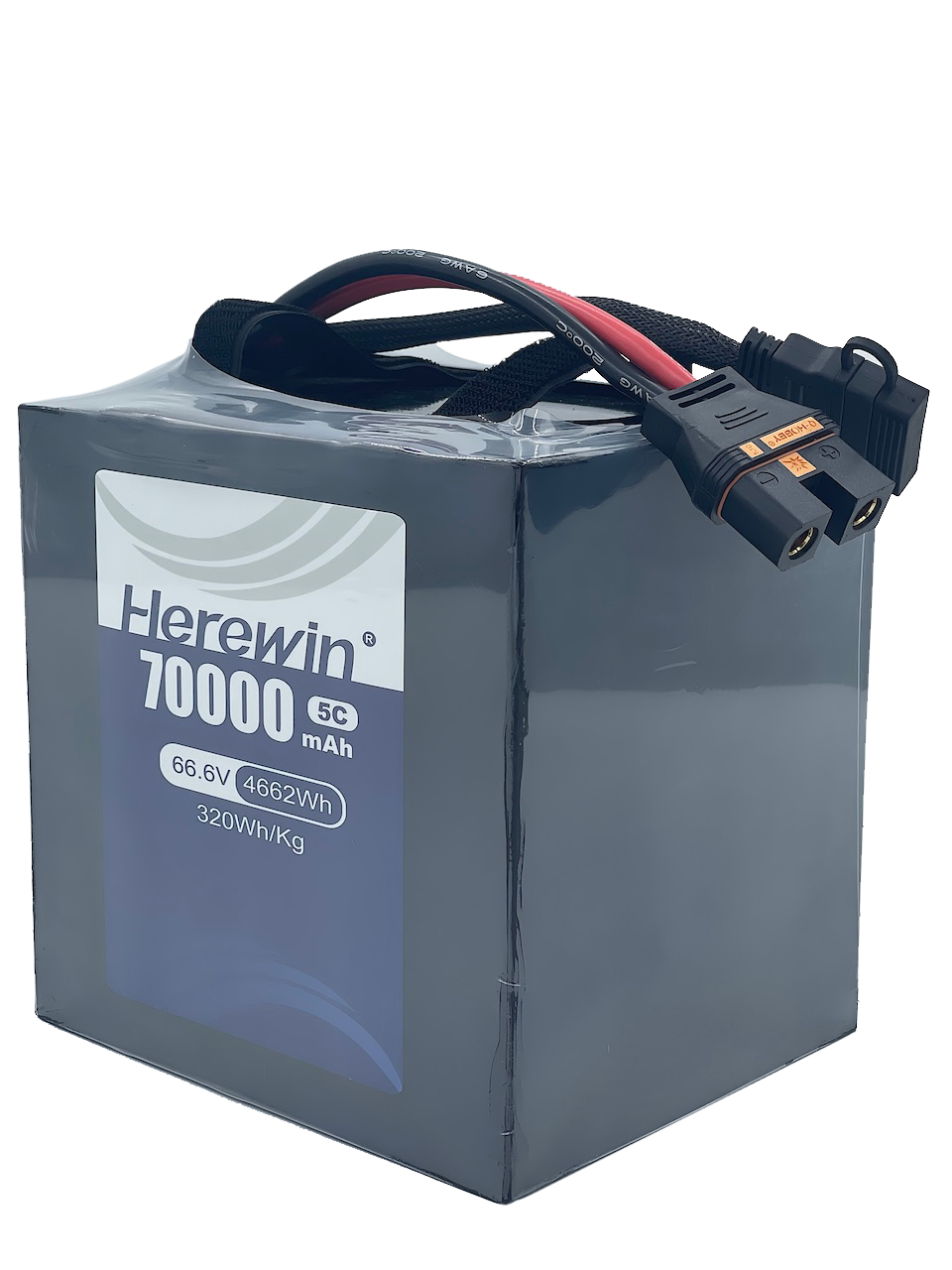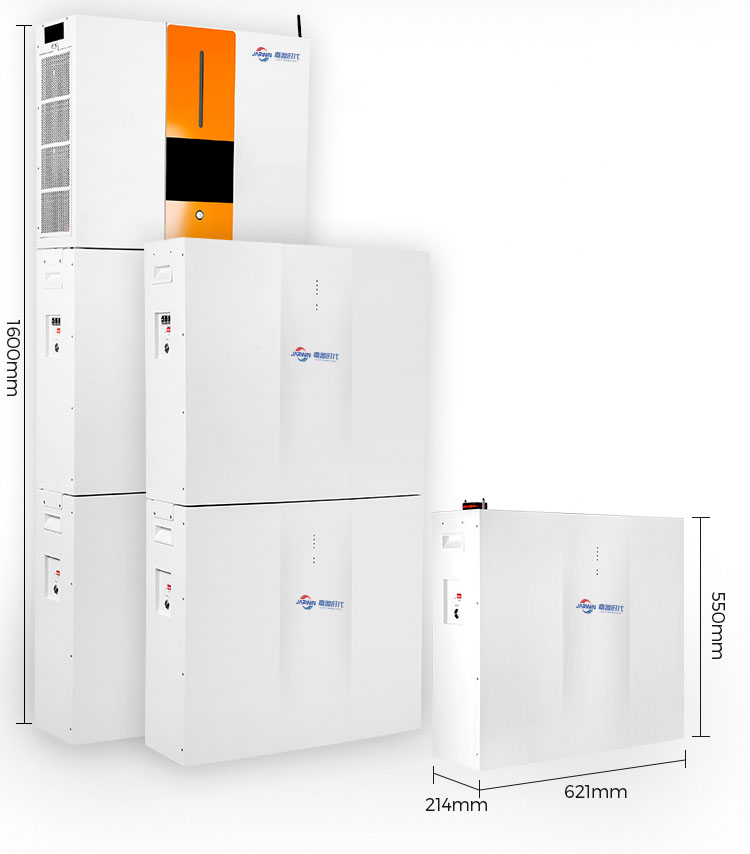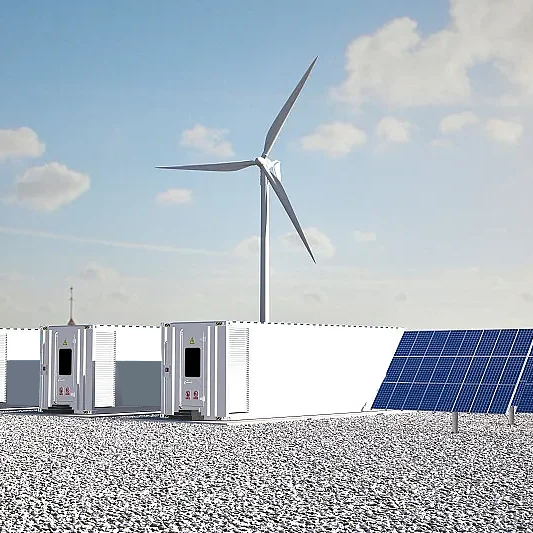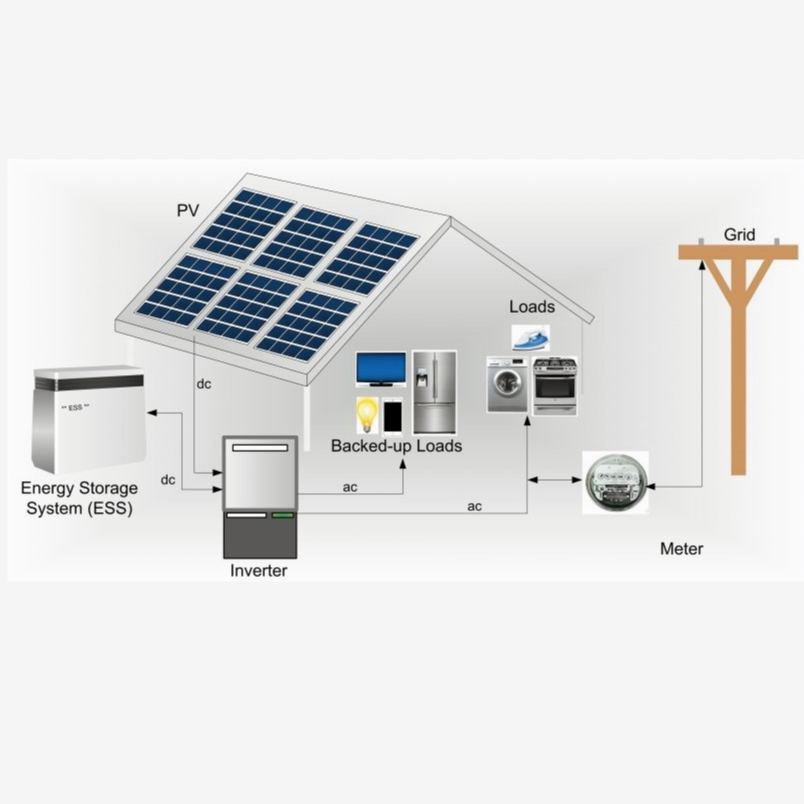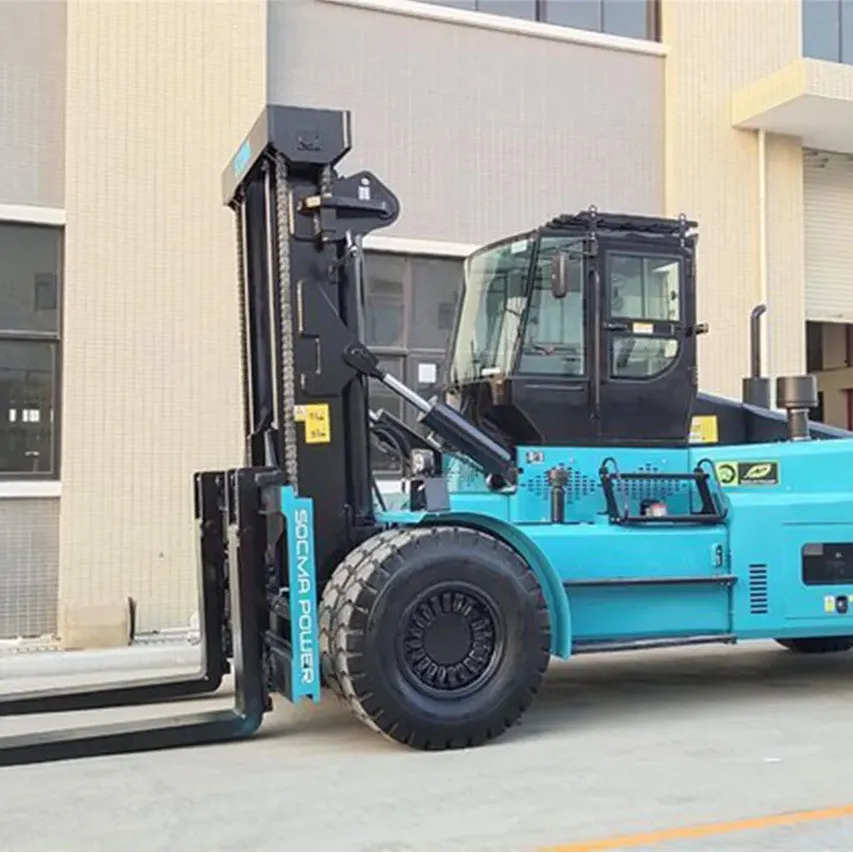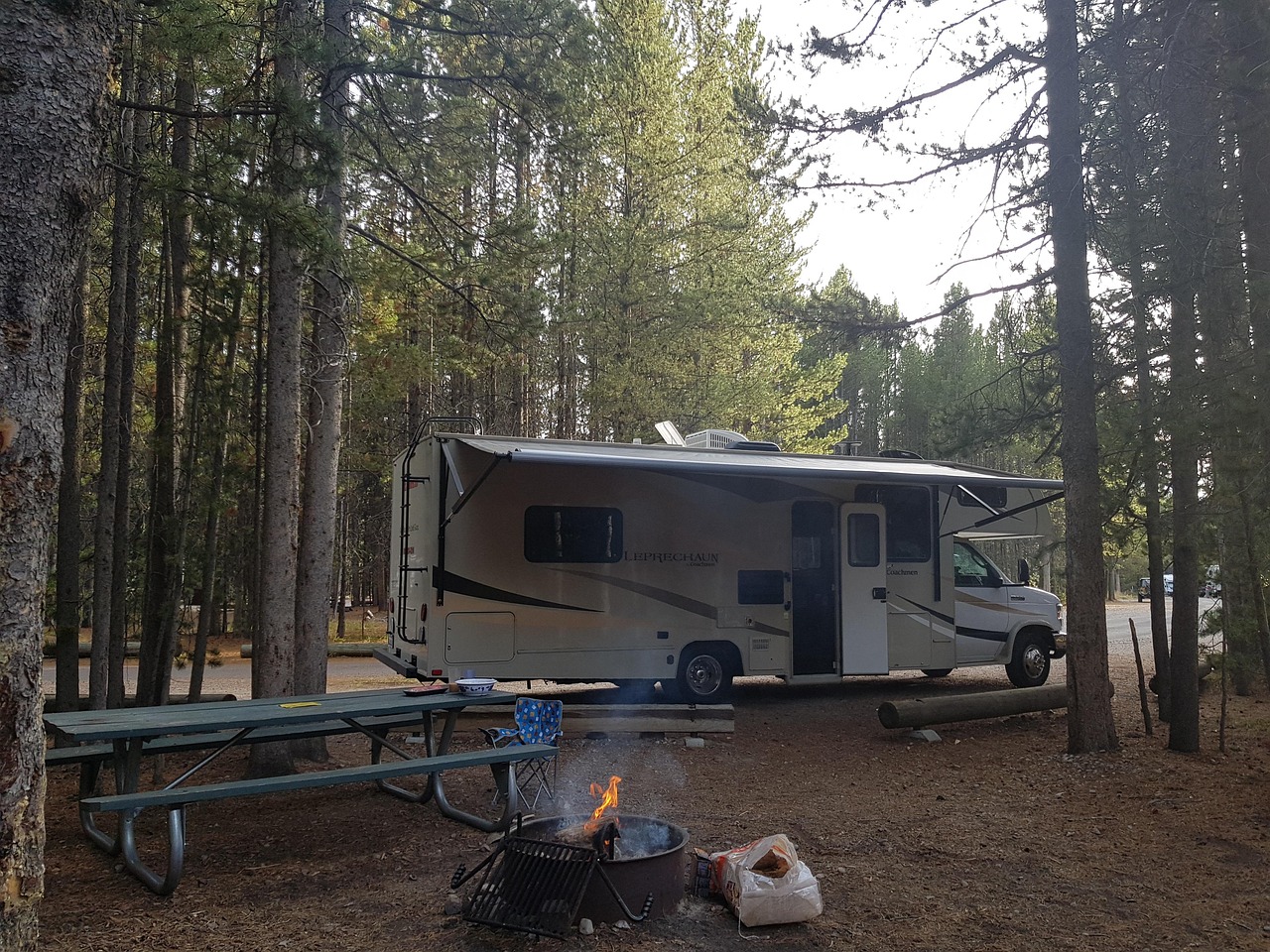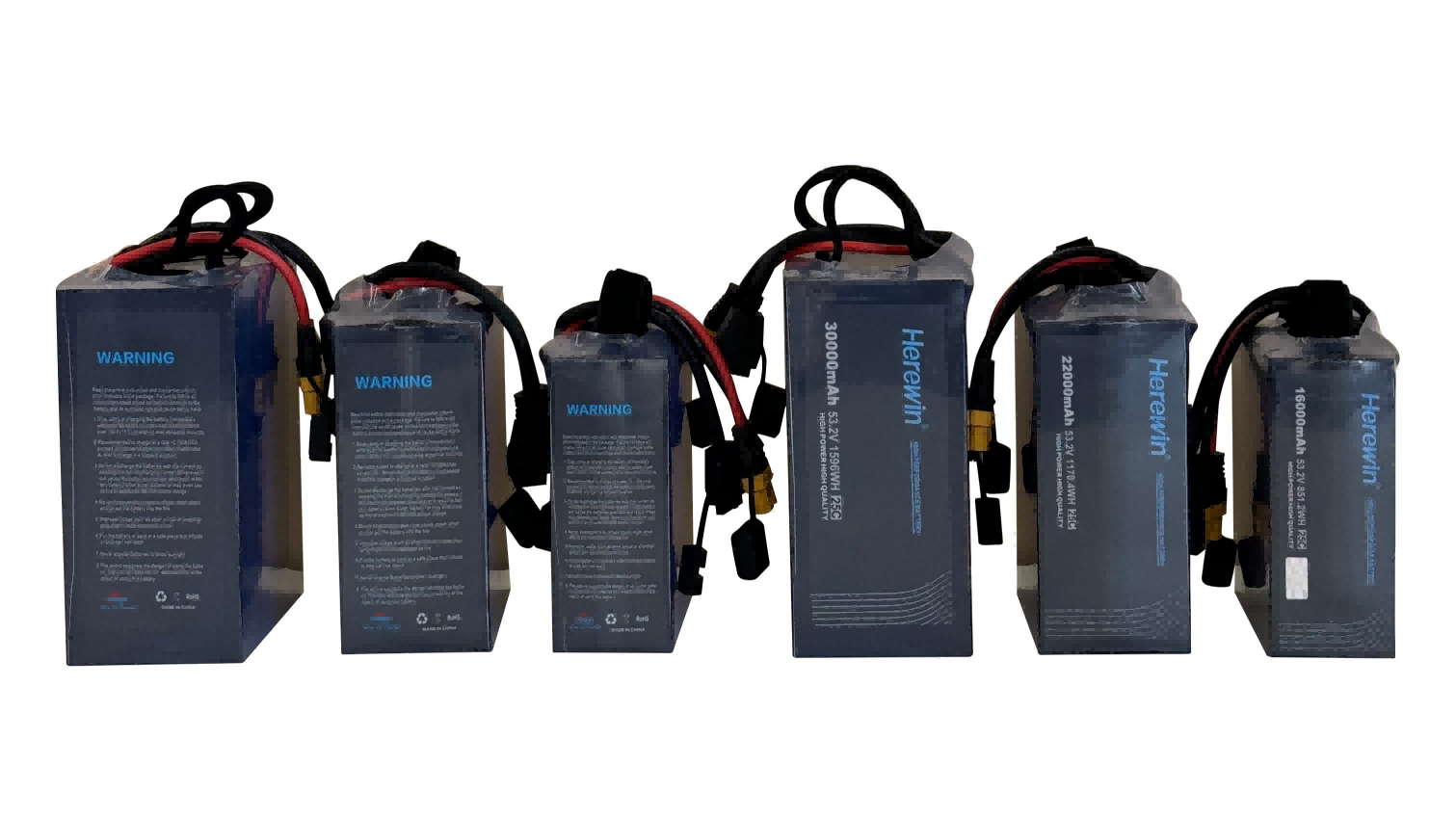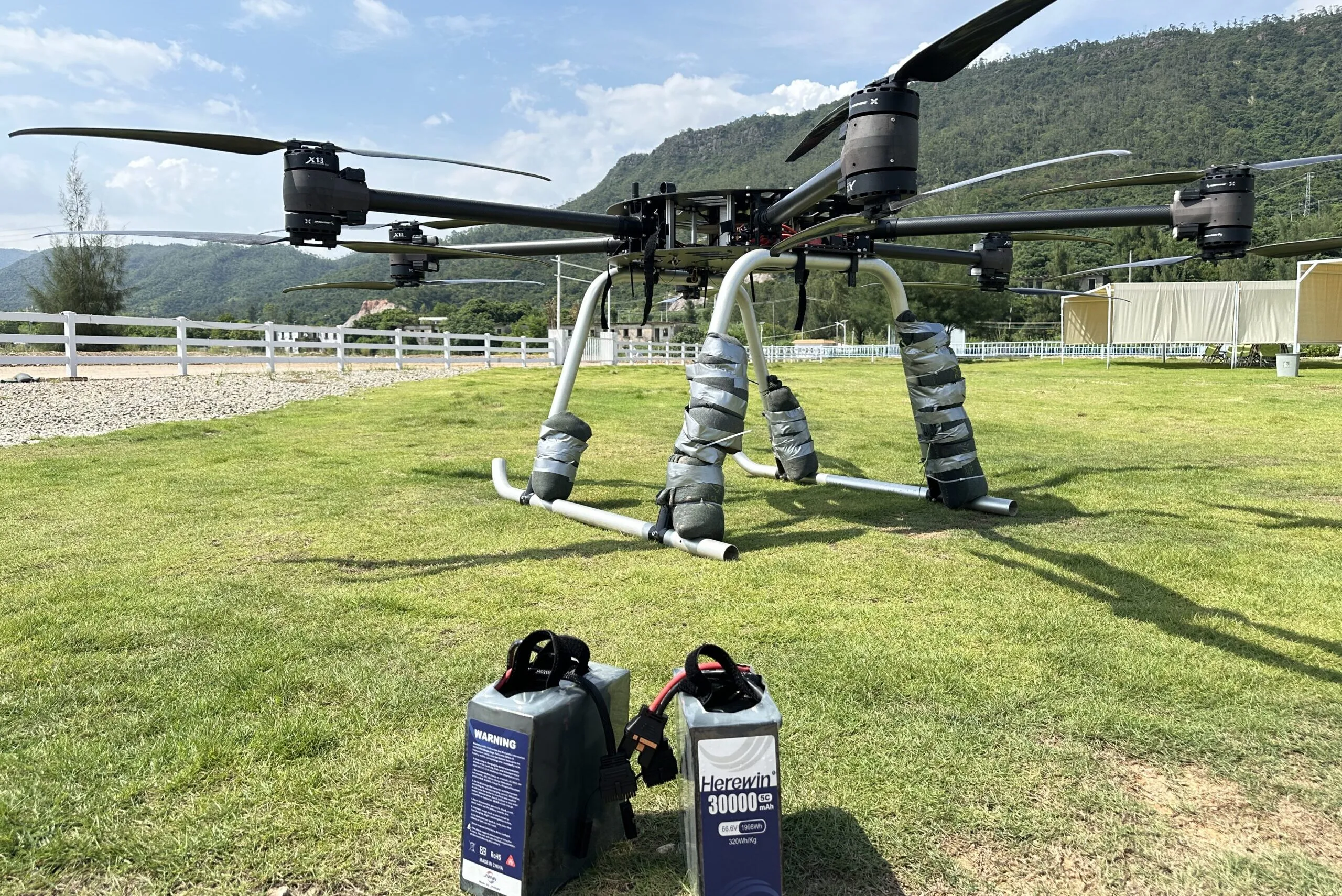
The Commercial and Industrial (C&I) Battery Energy Storage System (BESS) market is experiencing rapid expansion, with an expected compound annual growth rate of 20.1% from 2023 to 2035. The increasing complexity of system integration necessitates a strategic approach to BESS selection, moving beyond simple metrics like nameplate capacity. This guide addresses three fundamental challenges facing enterprise buyers: capacity misrepresentation, multi-layered safety compliance, and sustainable Operations and Maintenance (O&M) risk management. By providing critical verification tips, we aim to ensure the selection of a high-performing, safe, and financially sound BESS that guarantees long-term success.
Principaux enseignements
Verify the system’s usable energy (actual deliverable kWh), not just the theoretical nameplate rating, to ensure a maximized Return on Investment (ROI).
Mandate multi-layered safety protocols and require UL 9540 Listing with verifiable fire performance data from UL 9540A testing to protect assets and personnel.
Establish clear, long-term Operations and Maintenance (O&M) Service Level Agreements (SLAs) and utilize advanced monitoring to mitigate unexpected life-cycle costs.
Partner with suppliers who demonstrate a proven track record, financial stability, and offer comprehensive, local support for sustained performance and reliability.
Capacity Verification & ROI
Maximizing the Return on Investment (ROI) is paramount. Therefore, selecting a Commercial & Industrial (C&I) Battery Energy Storage System (BESS) requires a precise understanding of its true deliverable capacity, moving beyond superficial metrics.
True vs. Stated Capacity
A BESS has a capacity number. This is often the “nameplate” capacity. But this number is not always the full story. The energy you can use might be less. This difference matters a lot.
The following table will help you understand battery capacity better:
Metric | Definition |
|---|---|
Nameplate Energy (Rated Capacity) | The maximum energy capacity specified by the manufacturer under ideal, specific test conditions. It serves as the theoretical capacity reference. |
Usable Energy | This is the energy you can safely use. It is always less than the nameplate energy. Many things make it smaller. |
Factors Affecting Usable Energy | – Depth of Discharge (DoD) Limits: Makers limit how much you use. This makes batteries last longer. For example, you might use only 80%. |
Importance | Usable energy is the number to care about. It shows how much power you truly get. This helps you see if the battery is worth it. |
Example | A battery might say 100 kWh. But you might only get 80 kWh of usable energy. |
The usable energy is the critical metric for calculating ROI. While DoD and temperature are key limiting factors , overall output is also affected by the C-rate (speed of charge/discharge), State of Charge (SoC) levels at rest, and cycling frequency. Because manufacturers may present highly optimistic figures, you must specifically demand the usable capacity—this truly reflects the power you are purchasing.
Capacity Verification Due Diligence
Due diligence requires rigorous questioning. Engage BESS sellers regarding their cycle life projections. Find out about degradation curves. These show how battery capacity drops over time. Also, ask about performance warranties. These protect your money. They help if the system does not work as promised.
Always ask for reports. These are from outside experts. They check the battery’s performance. Understand their testing rules. Look for rules like UL 1973 or IEC 62619. These show the battery is safe and works well. You need clear data sheets. These should show all performance details.
Degradation and Lifecycle Guarantee
The energy your BESS gives depends on more than just cells. The whole system works together. This includes the inverter. It includes the Battery Management System (BMS). It also includes the overall design.
Système de gestion de la batterie (BMS): As the battery’s intelligence center, the BMS continuously monitors health, prevents overcharging and overheating, and swiftly detects internal anomalies. A sophisticated BMS is the primary safeguard against the initiation of thermal events and is critical for both longevity and safety.
Power Conversion System PCS: This component manages the conversion between battery DC power and building AC power. The PCS must be engineered with integrated protection to minimize the risk of electrical faults that could propagate fire to the battery module.
Energy Management System (EMS): This system controls when the BESS charges and uses power. It makes the system work its best. It tells the PCS what to do. This helps deliver energy well. It meets your power needs.
Cooling and Safety Systems: These keep the battery at the right heat. They stop it from getting too hot. Good heat control makes the battery last longer. It also makes it work better. This means you get steady energy.
You need system testing. This checks how all parts work together. You also need performance promises. These make sure the system gives the energy you expect.
Multi-Layered Safety & Compliance
Safety is most important. It protects your money. It protects your people. One mistake can cause big trouble. You need a strong safety plan. This plan uses many layers.
Root Causes of BESS Safety Failure
Know why BESS fails. This helps you stop them. Many things cause safety issues. Bad design can cause them. Mistakes in making can too. How you build it matters. How you use it matters. Experts look at these reasons. They check where it failed. It could be the battery cell. It could be the controls.
One big danger is thermal runaway. This is a fast heat reaction. It can cause fires. Lithium-ion batteries have parts that burn. A broken cell makes much heat. It also lets out flammable and toxic gases. While hydrogen is a main flammable gas, the release of highly corrosive and toxic Hydrogen Fluoride (HF) is the critical danger. This buildup of flammable gas can lead to an explosion if ignited.
Electric arcs cause problems. These are like small lightning. They happen inside the system. Electricity jumps a gap. Bad wires can cause arcs. Loose parts can too. Shakes or bumps can make them. Tiny bits from a bad battery can cause arcs. These arcs get very hot. They get to extreme temperatures (well over 6000°C or 10,800°F). This heat starts fires. It breaks parts. It causes blasts. A coolant leak once caused an arc. This arc started a battery fire.
Fires can start in the Power Conversion System (PCS). This part changes power. Electrical problems cause PCS fires. Too much heat causes them. If the PCS burns, it spreads. It spreads to the batteries. This happens even without thermal runaway.
Key Safety Standards and Certifications
Safety is paramount, protecting both your investment and personnel. Strict adherence to established regulations is mandatory.
NFPA 855: This is the foundational national safety standard for the installation of stationary Energy Storage Systems (ESS). Local fire and building codes adopt it to dictate safe deployment, use, and hazard mitigation protocols.
UL 9540: This is the comprehensive system-level safety standard (Listing) for ESS equipment. Achieving UL 9540 Listing validates that the entire BESS unit meets rigorous standards for electrical, mechanical, and fire safety, and is generally required for project approval.
UL 9540A: This is a specific fire test method, not a certification. The data derived from this test is critical for fire departments (AHJs) and engineers to quantify fire hazards (like thermal runaway propagation) and determine the necessary installation requirements, such as fire suppression systems and physical separation distances, as specified by NFPA 855.
Tips:Engage your local AHJ early. AHJs require UL 9540 Listing and use the UL 9540A report to set crucial installation rules (e.g., spacing and fire suppression). This proactive step expedites approval and improves long-term O&M risk control.
Integrated Safety Design and Technology
A safe BESS relies on an integration of multiple safety features that work collectively to preemptively mitigate failure.
Robust Battery Management System (BMS): As the battery’s intelligence center, the BMS continuously monitors health, prevents overcharging and overheating, and swiftly detects internal anomalies. A sophisticated BMS is key to longevity and safe energy delivery.
Power Conversion System (PCS)/Bi-directional Inverter: This component manages the conversion between battery DC power and building AC power. Good conversion efficiency is vital, and the PCS must be designed to minimize the risk of electrical faults that could propagate fire to the battery module.
Active Thermal Management: This system regulates the battery’s temperature using integrated cooling and heating mechanisms. Effective thermal control is essential for preventing thermal runaway and maximizing the battery’s service life and performance.
Fire Suppression Systems: These systems—which may use water mist or special gases—are connected to the BMS and utilize sensors to detect heat, gas, and smoke. They enable precise and rapid fire containment.
Explosion Relief Mechanisms: These dedicated panels are designed to safely vent built-up pressure and combustible gases, preventing container blasts during a severe thermal event.
Passive Fire Protection: This includes fire-proof walls and physical barriers designed to contain any fire and prevent its spread between adjacent battery components.
Advanced Sensors and AI: Modern BESS leverages high-fidelity sensors for gas and heat detection, often down to the individual cell level. AI finds and flags subtle anomalies early, shifting the system from a reactive mode to a proactive failure prevention strategy.
On-Site Response and Protocols
Even with robust prevention, comprehensive planning for failure scenarios is crucial for effective BESS O&M Risk Management.
Incident Response and External Communication
Comprehensive Incident Response Plans: Establish clear, rehearsed protocols for battery fires and other emergencies.
First Responder Communication: Engage local firefighters early, providing them with site tours, explaining fire suppression systems, and supplying detailed fire response plans that highlight water sources and critical notes.
Safety Zones and Containment: Establish safety and isolation zones (based on NFPA 855 and UL 9540A data) and ensure all responders are positioned safely (upwind and uphill) to minimize exposure to toxic gases.
Post-Incident Management: Focus on fire containment (often using water to stop spread to adjacent units). Implement procedures to monitor air quality for hazardous gases (like hydrogen fluoride or carbon monoxide) and safely manage contaminated runoff water.
Safe Disposal: Plan for the safe and compliant disposal of damaged battery components.
Personnel Training and Readiness
Operator Training: BESS operators must routinely practice emergency drills covering scenarios like thermal runaway and chemical leaks. Training should cover fire mitigation, emergency shutdown procedures, and safe evacuation paths.
First Responder Specialization: Provide first responders with specialized training on BESS risks, conduct site-specific tours, and—where possible—share real-time system data during emergencies to aid rapid, informed decision-making.
Protocol Governance: Regularly review and update all emergency plans, incorporating lessons learned and integrating new safety technologies. This systematic approach is vital for long-term BESS O&M Risk Management.
O&M: Long-Term Cost Mitigation
Acquiring a BESS is a strategic investment for long-term financial gain. To realize these returns and keep costs minimized beyond the initial purchase price, robust Operations and Maintenance (O&M) protocols are essential. Effective O&M ensures system functionality, safeguards capital, and mitigates unexpected life-cycle costs.
Common O&M Pitfalls
Several systemic issues can erode profitability by causing premature component failure, unplanned downtime, and increased costs:
Financial and Reputational Threats: Fire dangers, particularly thermal runaway, pose a significant threat, causing equipment damage and system downtime. These events increase insurance premiums and can deter investors, damaging public perception.
Note: Old liquid cooling systems can fail or react too slowly to rapid overheating, which degrades system performance and raises costs.
System Sizing Misalignment: Incorrectly sizing the power (MW) and energy (MWh) mix wastes capital if the configuration does not align with market needs (e.g., too much MWh for fast MW services).
Supply Chain and Deployment Risk: Challenges in global supply chains and complex Engineering, Procurement, and Construction (EPC) agreements can lead to project delays, cost overruns, and component errors.
Cell Replacement Uncertainty: Unpredictable usage patterns make maintenance costly and introduce uncertainty regarding future cell replacement costs. This increases lender risk and affects the steadiness of O&M costs.
Software Obsolescence: BESS relies on specialized industrial software. Systems often receive updates for only 3 to 5 years. Failure to budget for continuous software and cybersecurity updates can result in costly rewrites, security vulnerabilities, and higher operating costs.
Critical O&M Contract and SLA Terms
The O&M contract is foundational, defining responsibilities and performance expectations. Due diligence requires thorough vetting of these contracts:
Service Requirements: Contracts must define clear schedules for checks, upkeep, reporting, and specific response times (including fault detection, notification, and resolution).
Duty Pass-Through: Ensure clear transfer of technical, performance, and uptime obligations from the system builder or service provider to the O&M entity.
Degradation Warranty: Demand a clear warranty from the battery manufacturer guaranteeing that battery health will remain above a specific level (e.g., 80% capacity after 10 years). This protects against normal capacity loss.
Performance Guarantee: Require a comprehensive guarantee from the system integrator that the entire BESS project will meet specific targets for minimum uptime and efficiency. Failure to meet these metrics must trigger financial penalties or remediation duties for the vendor.
Advanced Monitoring and Predictive Maintenance
Sophisticated monitoring systems are essential for maximizing performance and preventing failures. These systems integrate SCADA and EMS, often enhanced by AI.
Energy Management System (EMS): The EMS is the intelligent control system that optimizes asset performance and longevity. It manages charge/discharge cycles, balances power across components, and uses predictive data to make real-time decisions, enhancing system health and reliability. The EMS is key to lowering fire risk by closely monitoring BESS and taking early action.
SCADA Systems: SCADA provides immediate operational insights, enabling real-time adjustments and the prevention of failures. It enhances market analysis and energy trading by optimizing storage and sales. Integrated SCADA/EMS architecture is key for supporting grid stability and unlocking revenue streams like arbitrage and grid services.
AI and Predictive Capability: AI-powered monitoring identifies subtle anomalies that predict component failure, enabling smarter, longer-lasting asset performance. Linking EMS with cell sensors and AI solutions dramatically lowers fire risk by accelerating early detection and response.
Vendor Support and Track Record
A strong, long-term partnership is essential for risk mitigation.
Financial and Technical Health: Verify the vendor’s financial stability and reputation, looking for a strong supply chain and deep market knowledge.
Local Support Network: A good network of approved service providers and available local technical assistance is crucial for protecting the investment and ensuring fast care.
On-Site Personnel Necessity: For large BESS sites, dedicated, full-time, trained staff are critical, mirroring the staffing required for regular power plants. Their specialized care prevents rapid thermal events and catastrophic failures. Dedicated workers’ deep site knowledge allows them to find small, hidden anomalies (e.g., subtle changes in hum or heat) that external support might miss. This on-site readiness ensures faster emergency response, protecting personnel, the site, and surrounding areas.
The strategic core of a successful BESS deployment lies in mastering the fundamentals discussed: verifying capacity, ensuring multi-layered safety compliance, and establishing robust long-term O&M protocols. By diligently addressing these pain points, organizations can significantly maximize their fleet’s operational efficiency and return on investment.
If you have any further business inquiries or require guidance on optimizing your asset’s power solutions, please feel free to contact our expert team.
FAQ
What is the difference between nameplate and usable capacity?
Nameplate capacity is total battery energy. Usable capacity is energy you can use. DoD limits reduce usable energy. Temperature also reduces it. Ask for usable capacity. This shows true power.
Why is UL 9540 certification important for BESS safety?
UL 9540 certifies BESS safety. It shows high safety levels. Your project needs this. It helps get approval. It meets safety standards. This protects your money. It protects people.
How does advanced monitoring help with BESS O&M?
Advanced monitoring prevents failures. SCADA and EMS are examples. They make things work best. AI finds issues early. This means less downtime. It lowers repair costs. You get better efficiency.
What is thermal runaway in a BESS?
Thermal runaway is fast heating. It is uncontrolled. It happens in a battery cell. It can cause fires. It releases flammable gases. This happens if a cell is damaged. It also happens if it overheats. Good heat control stops this.
Voir aussi
Optimizing Golf Cart Performance: Selecting Ideal Battery Voltage and Capacity
Extend Lithium Battery Life: Essential Maintenance for Golf Carts and EVs
Preventing Thermal Runaway: Advanced Battery Safety Solutions for Enhanced Protection
Selecting Optimal UPS Batteries for Uninterrupted Business-Critical Data Center Operations

